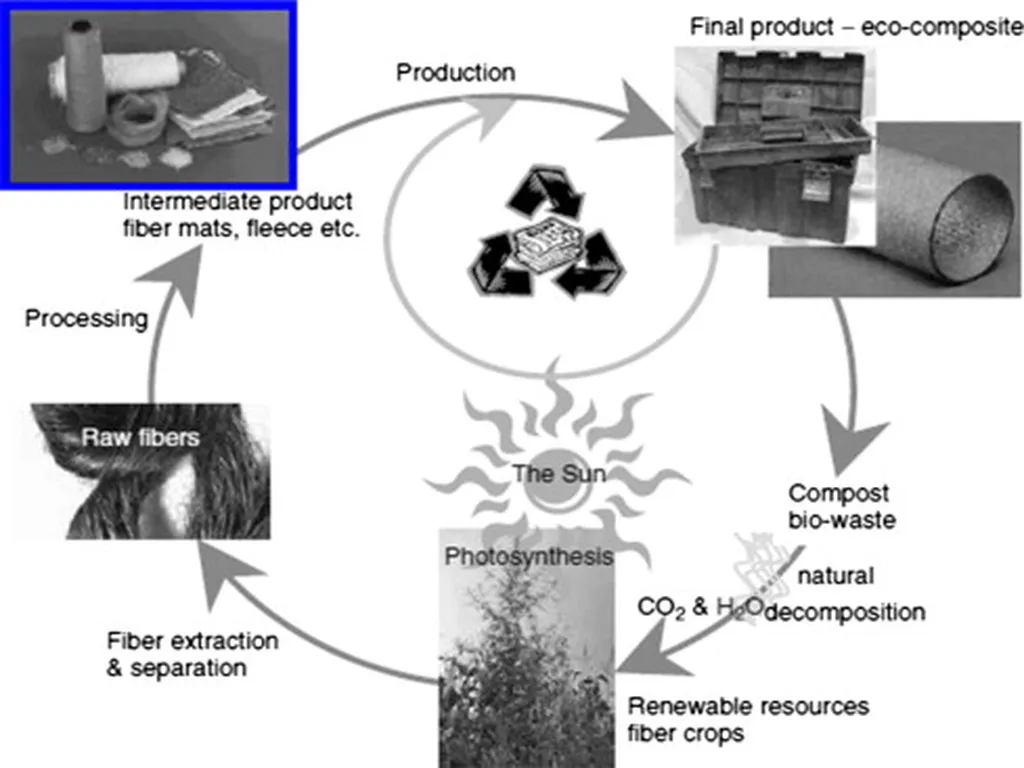In the quest for sustainable materials, researchers have turned to kenaf, a fast-growing plant with promising fibre properties. A recent study published in *Discover Materials* (which translates to *Discover Materials* in English) has shed new light on how different processing methods can significantly impact the quality and potential applications of kenaf fibres. Led by Mohd Iqbal Misnon from the School of Industrial Technology at Universiti Teknologi MARA, the research provides a standardized evaluation framework for industrially processed kenaf fibres, addressing critical gaps in natural fibre characterization.
The study evaluated four grades of kenaf fibres—bio-retted, chemically degummed, partially retted, and mechanically extracted—using ASTM protocols. The results were striking. Enzymatic bio-retting, for instance, showed exceptional performance with only 21.82% mass loss during carding compared to 71.86% for chemically processed fibres. “Enzymatic bio-retting not only preserves fibre integrity but also enhances tensile strength, making it a superior method for producing fine yarns,” Misnon explained.
The findings highlight the potential of kenaf fibres as a sustainable alternative to synthetic materials. Chemical degumming, while effective, significantly compromises fibre integrity, whereas mechanical processing offers a cost-effective alternative, albeit with some trade-offs. “Mechanical processing is a viable option for technical textile applications, offering substantial cost savings,” Misnon noted. However, it requires careful management of residual shive, a byproduct of the process.
The research establishes clear correlations between processing methods and textile-specific outcomes, providing industrial benchmarks for kenaf fibre selection. It also offers definitive evidence of enzymatic retting’s superiority for premium yarn production and actionable strategies to scale sustainable kenaf textiles.
The implications for the textile industry are profound. As the demand for eco-friendly materials grows, kenaf fibres could play a pivotal role in reducing reliance on synthetic fibres. The study’s findings could shape future developments in the field, driving innovation and sustainability in textile manufacturing.
By providing a comprehensive assessment of kenaf fibre properties and their conversion potential, this research not only advances the science of bio-based materials but also paves the way for their practical application in the textile industry. As Misnon and his team continue to explore the potential of kenaf, the future of sustainable textiles looks increasingly promising.

